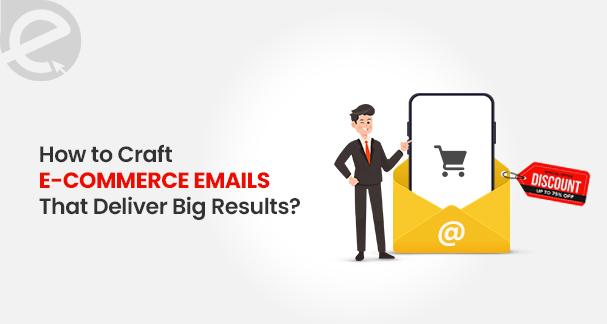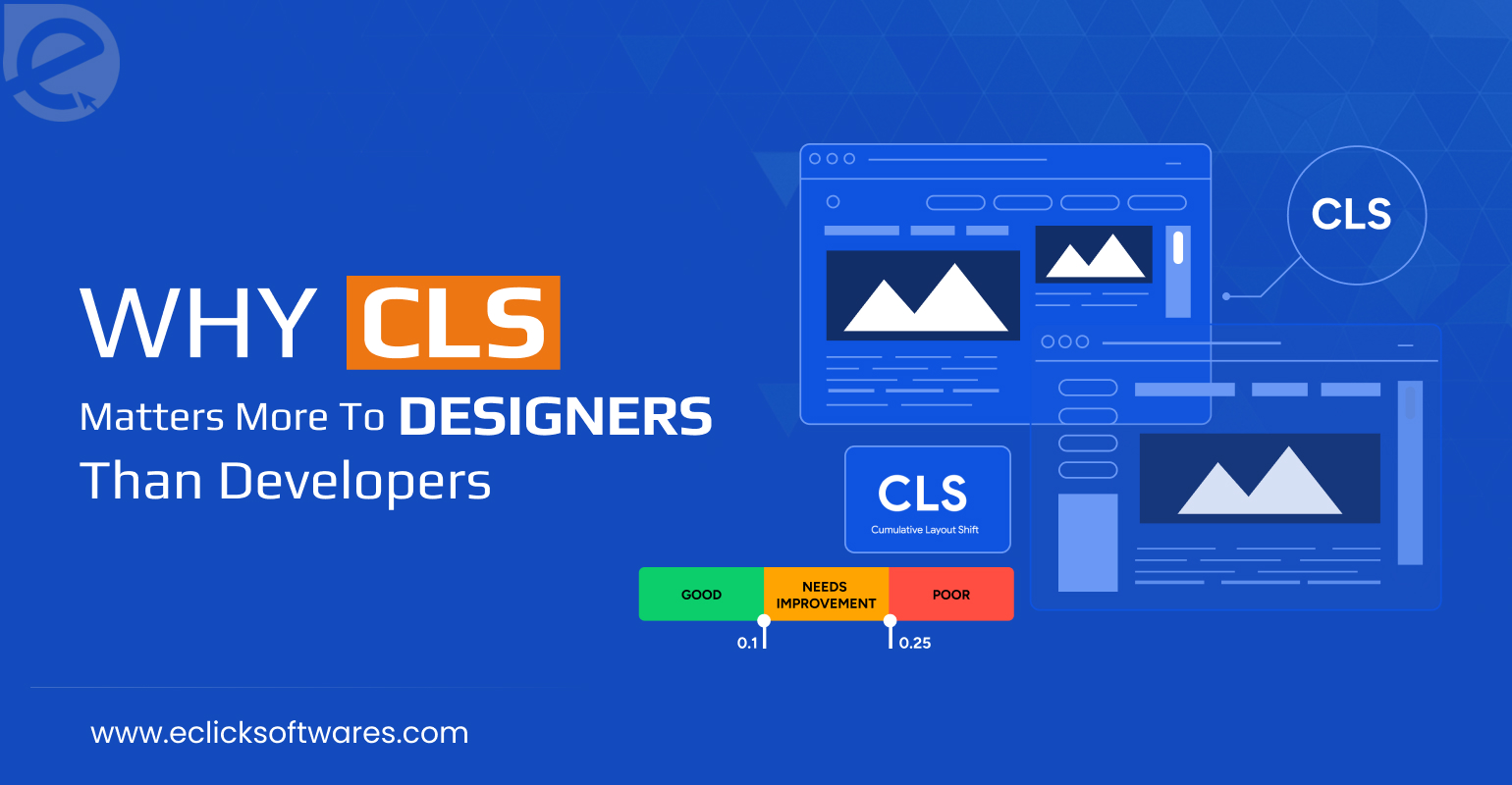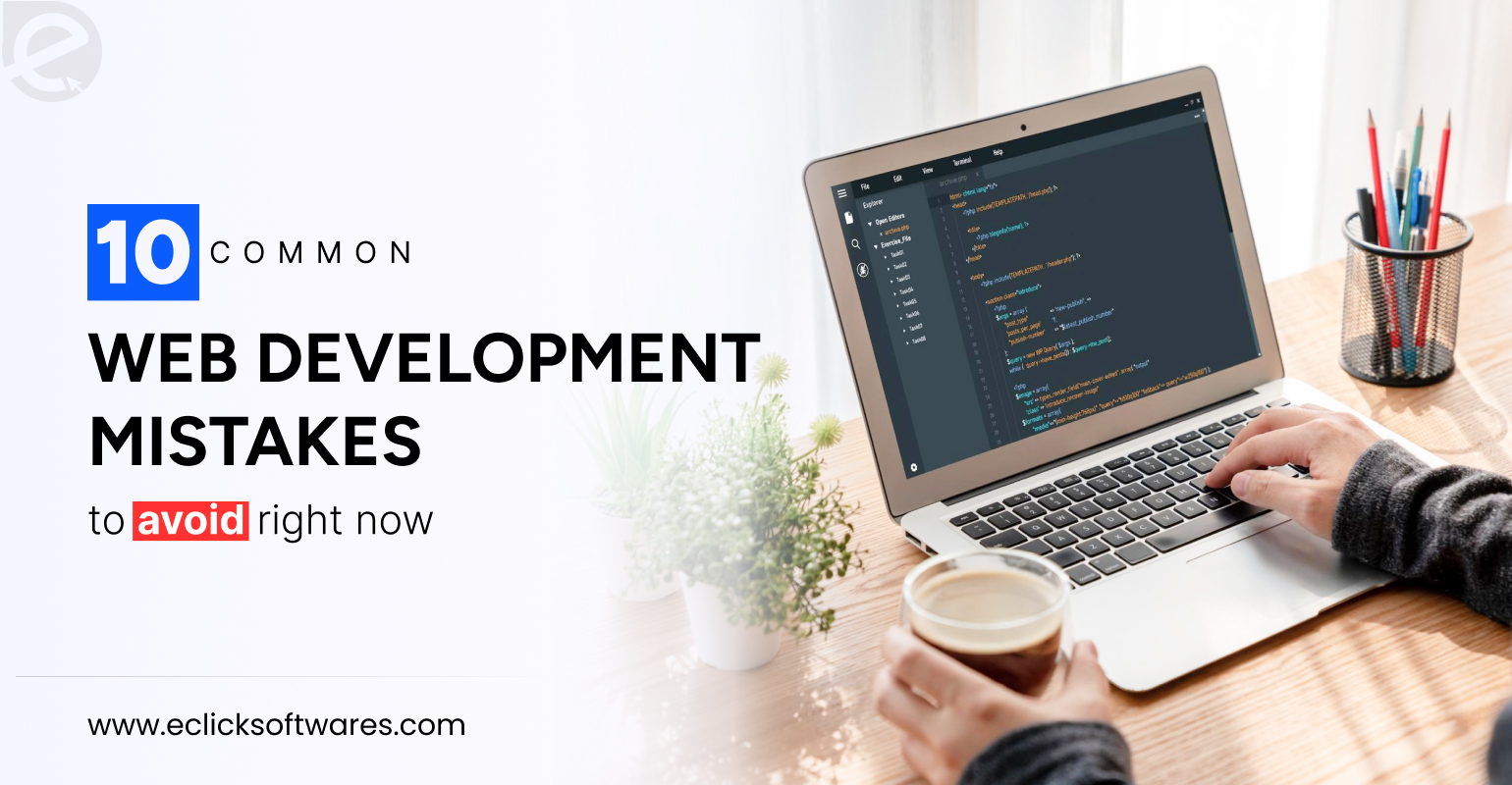
We Develop Websites Keeping Marketing in Mind
How to Craft E-Commerce Emails that Deliver Big Results?
 Dec. 20, 2024, 12:00 AM
Dec. 20, 2024, 12:00 AM- By Eclick Softwares and Solutions

All size ECommerce brands and industries consider ECommerce Email Campaigns as the lucrative marketing medium to earn a better ROI. Compared to Social Media, Email is considered 40 times more profitable - hence no ECommerce business can resist the urge to send out emails and keep customers updated about new products, special deals, seasonal discounts and promo codes.
The Types of ECommerce Emails The Businesses Can Send
The ECommerce emails the marketers can include in marketing strategy include:
1. Welcome Emails
When the customers subscribe to a mailing list or create an account on an ECommerce website, the first email they receive is the ECommerce Welcome Email. From the welcome emails, the audiences receive the essential information and form the first impression.
2. Loyalty Program Emails
Loyalty program emails engage and connect repeat customers and very recent customers with the brand community. These emails remind the customers to use the brand's loyalty program and spend their earned points, which might expire if not used before a tentative date.
3. Reactivation Emails
Reactivation Emails are meant for re-engaging the inactive customers who have either stopped opening the messages or the former customers who did not purchase in a while. Such emails are also called win-back emails.
4. Anniversary Emails
Anniversary emails are the messages sent to customers or subscribers for celebrating a significant event, like a birthday, brand anniversary or any major life event. By sending these emails, the ECommerce brands connect with audiences on a personal level. These emails foster a sense of appreciation and loyalty.
5. Promotional Emails
Promotional Emails deserve a careful thought plan for promoting products and offers to convert the email subscribers into long-paying customers, and customers into brand advocates.
6. Post-Purchase Emails
Emails the customers receive after completing a purchase are the Post-Purchase emails. These emails enhance customer experience while encouraging repeat businesses. Typically, these emails contain the order details, shipping updates, tracking information, estimated delivery dates and feedback requests.
7. Review Application Emails
In ECommerce Email Marketing, "Review Application Emails" are the automated emails sent to the customers once they have completed a purchase, prompting them to share a product review on the company's website. Later a compilation of these reviews can be presented in an infographic highlighting the happy customers and the subsequent product links which they had purchased, and emailed to other subscribers, encouraging them to buy the same.
8. Shopping Cart Abandonment Emails
When customers receive Abandoned Cart Emails, it is because they have added products to their shopping cart but did not check out. These emails are friendly reminders to them to go back and complete the purchase.
9. Price Reduction Emails
Price Reduction Emails are targeted marketing messages notifying the subscribers regarding the price drop for particular products. These typically personalized and targeted emails are based on a customer's browsing history, abandoned cart items or wish list.
10. Emails With Return To Stock Information
The back-in-stock email series makes friendly reminders to the customers about their favourite products that have now been re-stocked. Either a single email or a sequence of emails containing a discount or a reminder helps the customers to grab the chance once the products are back in stock.
How To Come Up With A Successful ECommerce Email Marketing?
What are essential to creating ECommerce Emails for a compelling email user experience is based on these core ingredients:
1. Mind-Evoking Subject Lines
The subject line alone influences the opening rate of emails, which should be done right. These are the principles to follow for improving subject lines and going halfway to email marketing success:
• Implying Persuasion Principles - Users open emails when the subject line invokes scarcity, authority, and social proof.
• Personalizing the Subject Lines - Personalized subject lines have an opening rate of 3% more than non-personalized subject lines.
• Upfront and Clear Message - Matched subject lines to the email content create a sense of belief among the users.
• Localizing the Subject Lines - Referring to the location, local weather events, and local events of the customers in the subject line creates better open rates.
2. Including Visual Content
Visuals convince the customers to click and get to the site - a concept that rewards ECommerce Email marketing. These keynotes work better:
• Using HTML Emails - The colors, backgrounds, images and graphics of HTML email templates foster more visual engagement and clicks. Using these make the email campaigns more appealing to the potential customers. These help in increasing the click-through rates.
• Displaying, But Not Explaining - If the sale is seasonal or attached to an event, then the email design reflecting the theme will influence the customers to click and land on the product page.
3. Audience Expectations Aligned With Email Content
Matching emails to audience expectations is very important to ensure they are actually getting what they wanted when they signed up. So, using Segmentation is helpful in segregating the customers on the basis of their expectations. This strategy is integral to cutting down the unsubscribe rates.
4. Personalizing Email Content
Email Personalization means personalize the offers in email's content to achieve big wins. Following "Hello" and the recipient's name, a warm sentence addressing the customers' recent behaviour makes them feel special. To personalize emails, a lot of Segmentation needs to be done. Nevertheless, the efforts yield worthy returns. Email personalization improves email marketing performance with 14% more click-throughs and 10% higher conversion rates.
5. Creating Mobile-Optimized Emails
A mobile-optimized email experience is the main necessity that marks email marketing success since users on mobiles convert better than desktop customers. Giving the emails a few simple tweaks makes it easier to open, read and tap on small screens.
6. Carrying On With Continuous Testing
To go A/B testing with emails, first, a segment should be created, and then two versions of a message should be sent to the segments. For each email version - open rate, click-through rate and conversion rates should be tracked.
These pointers should be immediately tested:
• Email subject lines
• Email Copy
• Personalization Emails vs. Non-Personalized Emails
• HTML Emails vs. Plain-Text Emails
• Visual Content vs. Plain-Text Content
• Buttons vs. Text Links in Content Copy
ECommerce Email Marketing campaigns drive sales and customer loyalty in an ECommerce store. Customers now prefer to open relevant, engaging content and to deliver the same, it's important to focus on Personalization, Segmentation, Automation, and provoking Content. Creating highly effective email campaigns that resonate with audiences is linked to achieving goals.
Related Blog
- By Eclick Softwares and Solutions
- November 13, 2025
How CLS Impacts Design Mo ...
Know why CLS holds greater weight for designers than develop ...
Read More- By Eclick Softwares and Solutions
- November 4, 2025
10 Most Common Web Develo ...
Know the 10 most common web development mistakes to avoid an ...
Read MoreSearch Blog...
Recent Posts
Eclick Services







